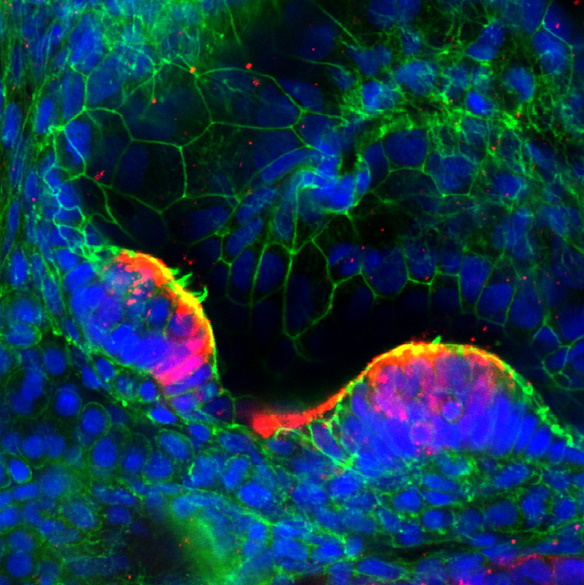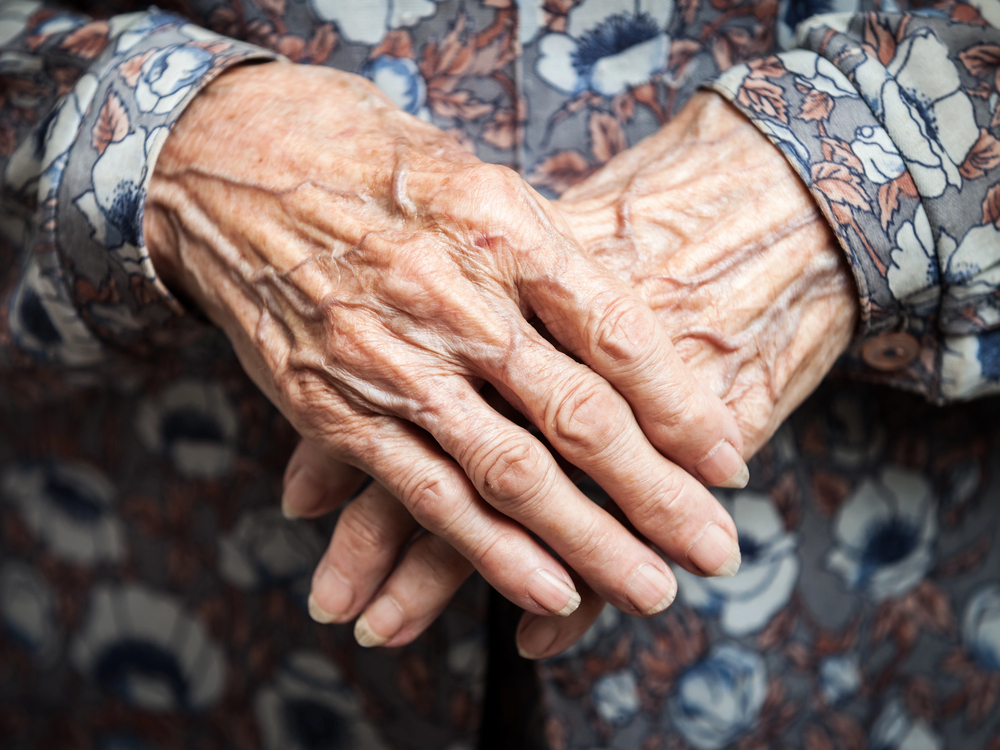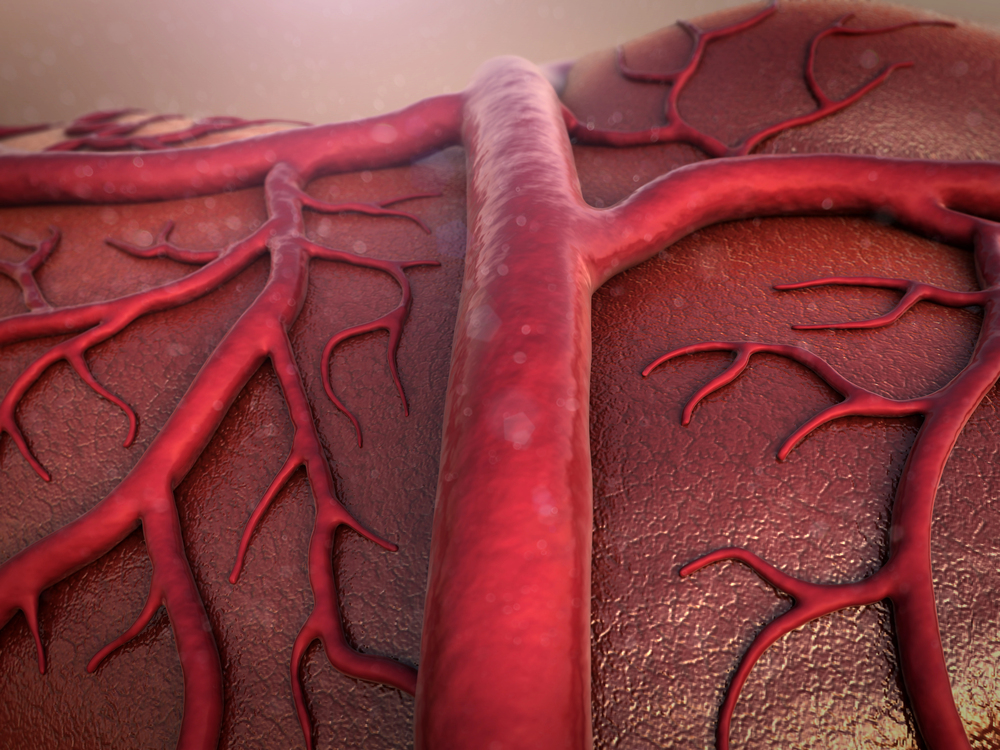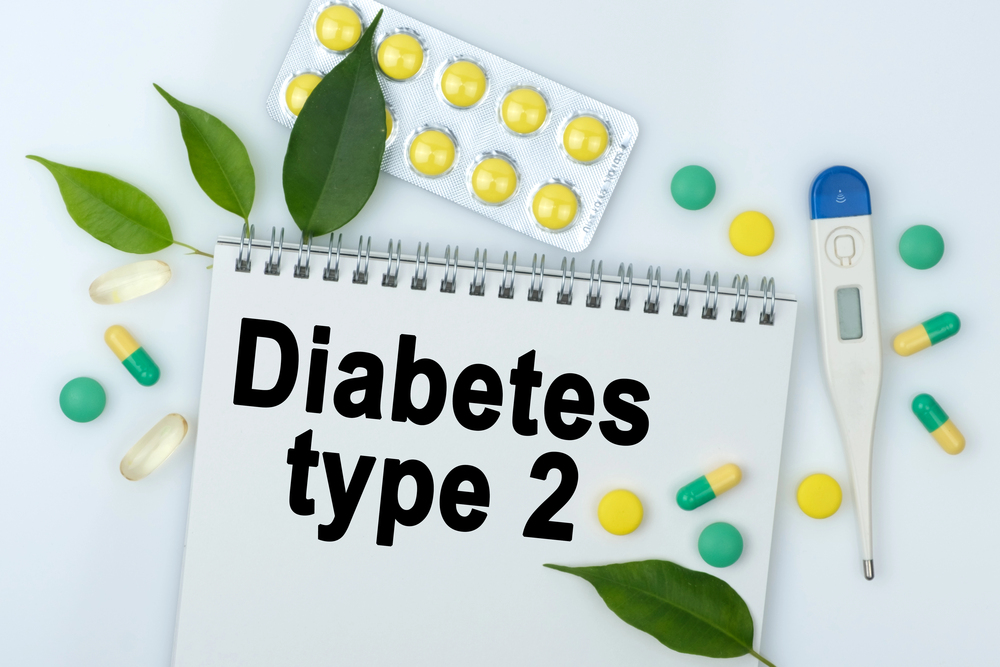Hypnosis A Mind-Body Solution for Hot Flushes and Sleep Post-Menopause and in Breast Cancer Professor Gary Elkins, Baylor University
Original Article Reference
This SciPod is a summary of https://doi.org/10.33548/SCIENTIA545
Share Episode
About this episode
Professor Gary Elkins at Baylor University, Texas, is a leading expert on complementary and integrative medicine and clinical hypnotherapy. Here, we review his extensive contribution to science in the field of innovative mind-body interventions for symptoms associated with breast cancer and menopause (including the symptoms of hot flushes, sleep, anxiety, quality of life), and women’s health care in general.
This work is licensed under a Creative Commons Attribution 4.0 International License. 
What does this mean?
Share: You can copy and redistribute the material in any medium or format
Adapt: You can change, and build upon the material for any purpose, even commercially.
Credit: You must give appropriate credit, provide a link to the license, and indicate if changes were made.
More episodes
Dr. Qiang Wang | Fishing for Findings: Uncovering the Genetics of Hearing Loss
Our hearing is amongst our most profound senses, connecting us to the surrounding world through sound. However, this connection is diminished or absent altogether in millions of people around the world because of hearing loss. Hearing loss is a common sensory disorder and is often hereditary. The condition can be caused by complex genetic factors, and so far, researchers have linked over 150 genes to hearing impairment. Now, a new collaborative study led by Dr. Qiang Wang of the South China University of Technology, Dr. Tao Cai from the National Institute of Health, and Dr. Yuan Li from the China-Japan Friendship Hospital in Beijing, has uncovered a new genetic clue, a mutation in the OXR1 gene, that could upend our understanding of hereditary hearing loss, and the eventual treatments that we develop to combat it.
Dr. Sarallah Rezazadeh | Unlocking the Secrets of Aging: How Stem Cells Hold the Key to Vitality
Aging is a tale written by the cells in our bodies, although some cell types play a bigger role than others. At the crux of this story is an intriguing protagonist: the stem cell. These master builders, which can differentiate into any cell type, thereby helping to replace diseased or worn-out tissues, are essential for tissue repair and in maintaining health into old age. But as we get older, the capabilities of stem cells gradually diminish, which is known as stem cell exhaustion and is a key facet of aging itself. Stem cell exhaustion plays a role in a large number of age-related diseases, meaning that it could be a crucial research target in developing new treatments and techniques to help us age well. A Research Topic in the open-access journal Frontiers in Aging has been curated by Dr. Sarallah Rezazadeh of the Icahn School of Medicine at Mount Sinai and Professor Georgina May Ellison-Hughes of King’s College London. The Topic collects groundbreaking studies into stem cell exhaustion under one open-access roof, exploring the detailed mechanisms underlying the phenomenon and establishing the field in a wider context to identify promising therapeutic approaches for those later in life.
Dr. Mingjun Xie | A Blueprint for Life: Creating Blood Vessels in Bioprinted Tissues
A future where injured or diseased organs can be removed and replaced with new lab-printed tissues that are customized specifically for each patient is not as far away as you might think. These functional and living tissues could grow naturally within the body, and repair and sustain themselves over time. While these concepts were once in the realm of science fiction, advances in bioprinting, which is a form of 3D printing using biological “inks” (known as bioinks) loaded with living cells, are bringing them closer to reality. Among the researchers advancing this field is Dr. Mingjun Xie of Zhejiang University, China, and colleagues, who are performing work that addresses a significant challenge in bioprinting. This involves creating large portions of tissues that have a functional vasculature, thereby mimicking the complexity of native tissues and organs.
Prof. Eugenio Cersosimo | Cardio-Renal Protection and Blood Sugar Balance: How SGLT-2 Inhibitors Are Changing Diabetes Care
In their ongoing quest to improve diabetes management, researchers are searching for new insights into the mechanisms through which the body manages blood sugar levels. Prof. Eugenio Cersosimo and colleagues at the University of Texas Health Science Center recently reported a breakthrough that could change how we understand glucose control and increase our ability to manage type 2 diabetes. Their study examines two medications, dapagliflozin, an SGLT-2 inhibitor, and exenatide, a GLP-1 receptor agonist, and how they can work together to control blood sugar levels by exploiting a previously unknown kidney-to-liver signalling pathway. Their findings have unravelled some important underlying mechanisms that provide strong support for the cardio-renal protective effects reported in many large clinical trials with the use of SGLT-2 inhibitors in patients with type 2 diabetes. The demonstration that the kidney plays a central role in glucose regulation during exposure to SGLT-2 inhibitors represents a major advance in our understanding of diabetes treatment and the prevention of severe cardiovascular and renal complications.
Increase the impact of your research
• Good science communication helps people make informed decisions and motivates them to take appropriate and affirmative action.
• Good science communication encourages everyday people to be scientifically literate so that they can analyse the integrity and legitimacy of information.
• Good science communication encourages people into STEM-related fields of study and employment.
• Good public science communication fosters a community around research that includes both members of the public, policymakers and scientists.
• In a recent survey, 75% of people suggested they would prefer to listen to an interesting story than read it.

Step 1 Upload your science paper
Step 2 SciPod script written
Step 3 Voice audio recorded
Step 4 SciPod published




